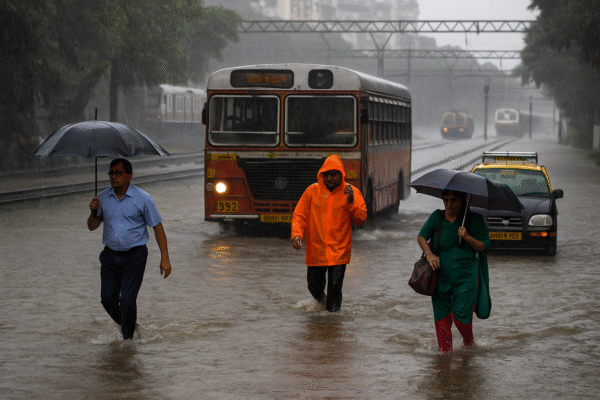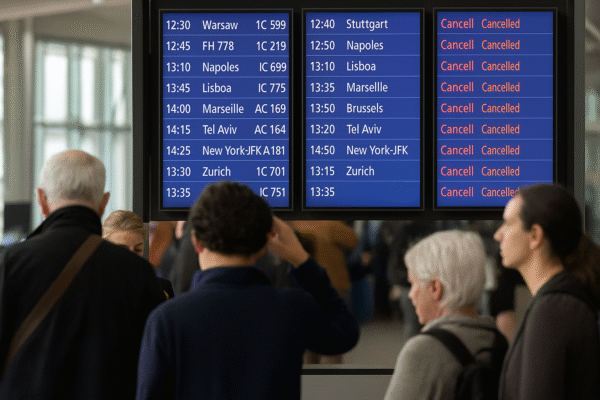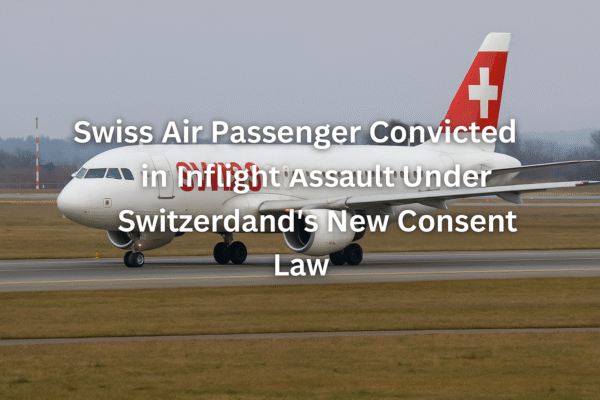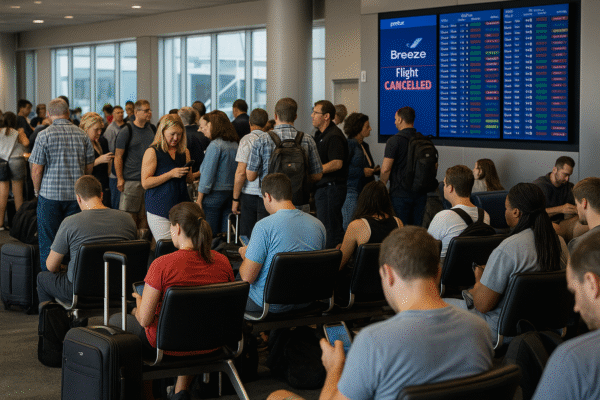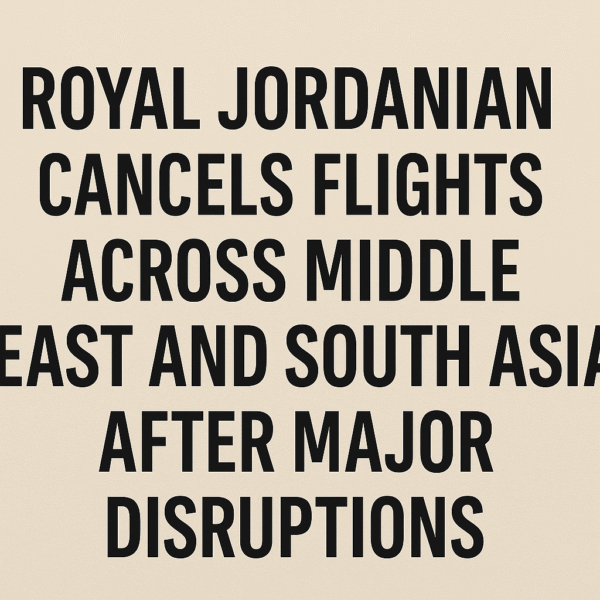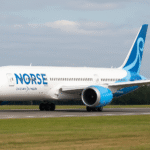Amman — Athens — Istanbul — Karachi — Dubai – On August 22, Royal Jordanian Airlines experienced widespread operational disruptions, resulting in multiple flight cancellations and delays that affected travelers across five countries. The airline’s disrupted network has left travelers grappling with uncertainty and scrambling for alternatives on key cross-continent routes.
Notable Cancellations and Delays
According to Travel and Tour World, Royal Jordanian canceled three flights and delayed eight more, generating significant disruption across the Middle East and South Asia.
Cancelled Flights Included:
- RJA41 – From Queen Alia International Airport (Amman) to Athens International Airport, originally set for 10:10 PM (Amman time)
- RJA41 (Return Leg) – Scheduled Athens to Istanbul at 2:40 AM local time.
- RJA42 – Istanbul to Amman at 5:40 AM (Amman time).
- RJA1071 – Amman to Karachi (11:10 PM departure).
- RJA1072 – Karachi to Dubai (7:10 AM) and Dubai to Amman (9:25 AM) were also canceled.
Affected Travel Hubs
The cancellations touched down at major airports across the region:
- Queen Alia International Airport (AMM), Amman: Served as the primary hub for affected routes, with cancellations affecting outbound links to Europe and South Asia.
- Athens International Airport (ATH) and Istanbul Airport (IST): Hubs affected by disrupted connections to and from Amman.
- Jinnah International Airport (KHI), Karachi: Cancellations disrupted Middle Eastern connections.
- Al Maktoum International Airport (DWC), Dubai: Return segments to Amman were canceled, also impacting onward travel plans.
Root Causes and Broader Context
The disruptions come amid a broader regional upheaval. While Royal Jordanian has not publicly stated the exact causes, Travel and Tour World suggests operational issues compounded by regional factors likely contributed to the disruptions. Notably, similar flight disturbances have occurred recently—overlapping airline delays and cancellations across Saudi Arabia, Turkey, Greece, and Jordan, pointing to systemic vulnerabilities in the regional aviation infrastructure.
What Travelers Should Do Now
Affected passengers are advised to:
- Monitor Flight Status Closely: Royal Jordanian encourages travelers to use their official website or mobile app for real‑time status updates and flexible rebooking options.
- Contact Customer Support: Engage with airline staff for assistance with rescheduling, rebooking, or refunds.
- Check Alternate Options: Consider other carriers or connecting points via nearby hubs like Doha or Cairo if flights remain canceled.
- Stay Informed of Ongoing Changes: Keep an eye on updates from aviation authorities, as additional delays or cancellations may follow depending on how regional conditions evolve.
Travel Sector Impacts & Industry Response
These disruptions arrive at an inopportune time—just as international travel rebounds post‑pandemic. The suspension of key routes strains both leisure and business travel between Europe, the Middle East, and South Asia, potentially dampening tourism momentum.
That said, Royal Jordanian is offering “extra flexibility for our passengers” to address the disruption, indicating proactive efforts to mitigate customer impact.
What Lies Ahead for Regional Aviation
Amid broader geopolitical challenges and operational constraints, the aviation sector in the region is at a sensitive juncture. Royal Jordanian’s inability to maintain flights across core hubs highlights the need for stronger contingencies, contingency coordination across airlines, and more resilient scheduling strategies.
Final Takeaway
Royal Jordanian’s cancellations and delays on August 22 served as a significant travel disruption across key Middle East and South Asian routes. With flights to and from Amman, Athens, Istanbul, Karachi, and Dubai affected, passengers must stay vigilant, leverage airline tools for updates, and be ready to pivot as needed.
As airline networks rebound, observers will be watching how Royal Jordanian and peers adapt to deduce what this means for travel stability in one of the most interconnected airspaces today.
For more travel news like this, keep reading Global Travel Wire



